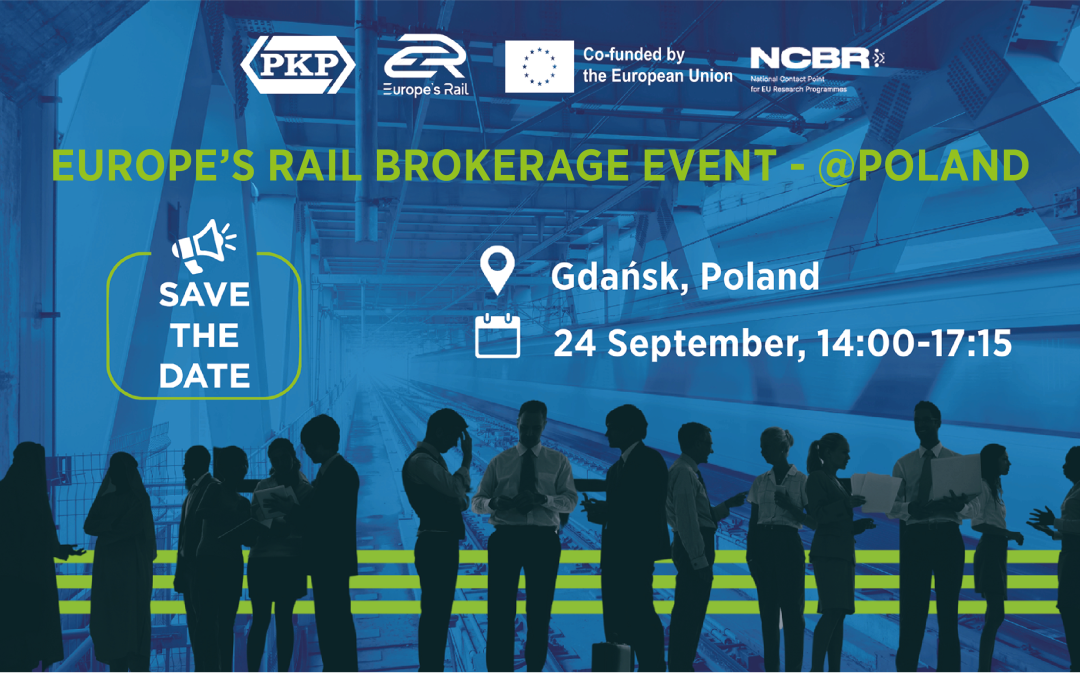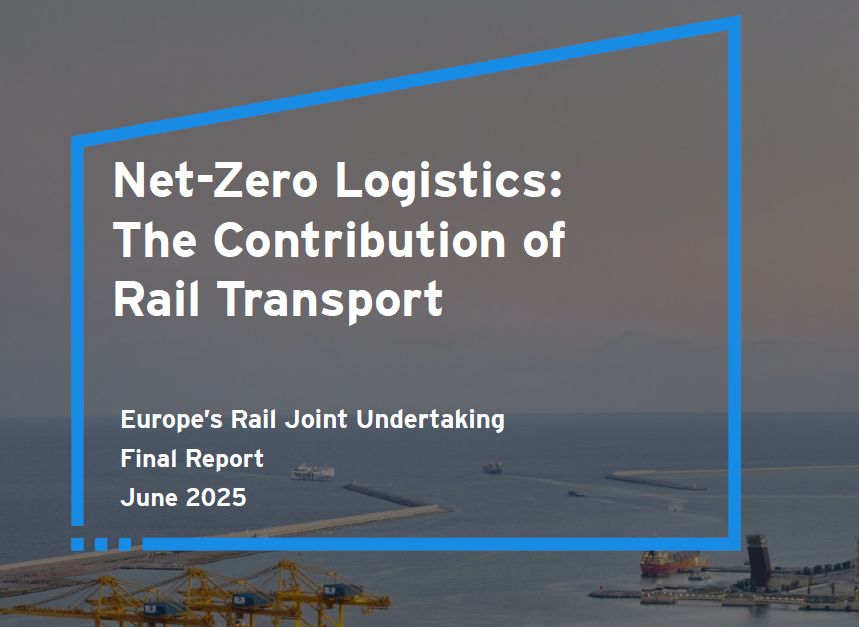Europe must take decisive steps to simplify and modernise its rail systems to strengthen competitiveness,...
D8.1 The need for future development of methods and models for capacity simulations and feedback loops between planning and operations
Output type:
Deliverable D8.1 mainly focuses on methods and models for capacity simulation including feedback loops between planning and operation. The aim is to improve current practice and to extend the scope of capacity studies with the application of models which enable capacity-impact studies of, in ER FP2 R2DATO, new developed technologies specifically: ETCS HTD (previous HL3), ATO/C-DAS linkage to ETCS and next generation brakes. Also, the aim is to identify best practices and needs for further developments of these methods and the modelling configuration of the abovementioned innovations. This document sets the baseline for the development of methods and models to test these in a simulation environment. After being tested on feasibility they will be prepared for capacity studies to identify the future potential of the above-mentioned innovations, which will be executed by WP 9. Results of WP9 will be disseminated to R2DATO, where they are part of the new technology’s impact assessment.
A conclusion from the mapping of existing tools among partners is that there are several capacity simulation tools available with developed functionality for simulation of a transport plan and also for simulation of ETCS L2. However, developments are needed to simulate the capacity effect of new digital technologies like ETCS HTD, next generation brakes, C-DAS/ATO, driver behaviour and TMS functionality, including the train path envelope and the concept of TMS steering of ATO. This also applies for improved feedback loops including crew scheduling and large networks.
A general methodology is derived for the verification, calibration and validation of railway simulation models using literature review and practical examples. However, an integral description with application of verification, calibration and validation processes for railway simulation tools is missing.
In the deliverable, an overview of feedback loops between operations and planning is given and development needs are defined. It can be concluded that feedback loops between operations and planning are essential to improve railway planning and that timetable analysis and simulation can give useful outputs, as a complement to operational performance. In order to achieve more solid and reliable models for planning and simulation; data improvement by continuous feedback of historical information available for analysis is needed. There are also other areas where methodological development is needed, typically related to specific cases where there are missing functionalities today, i.e. simulation with TMS.
The next part of the report describes per partner the status of current research on capacity effects of system developments such as ETCS level 2 and hybrid train detection, ATO and TMS. Since capacity becomes scarce, solutions are being sought in these new technologies, also European CCS will gradually transfer to ETCS. However, a lot is still unknown due to a lack of operational situations, so simulation data becomes more valuable. The biggest uncertainty is train driver’s behaviour on ETCS equipped lines, with L2 or the newly developed HTD1.
The results from this report will be used for capacity studies with improved simulation methods, also capable of designing the capacity impact of new technologies developed in FP1 and FP2.
















